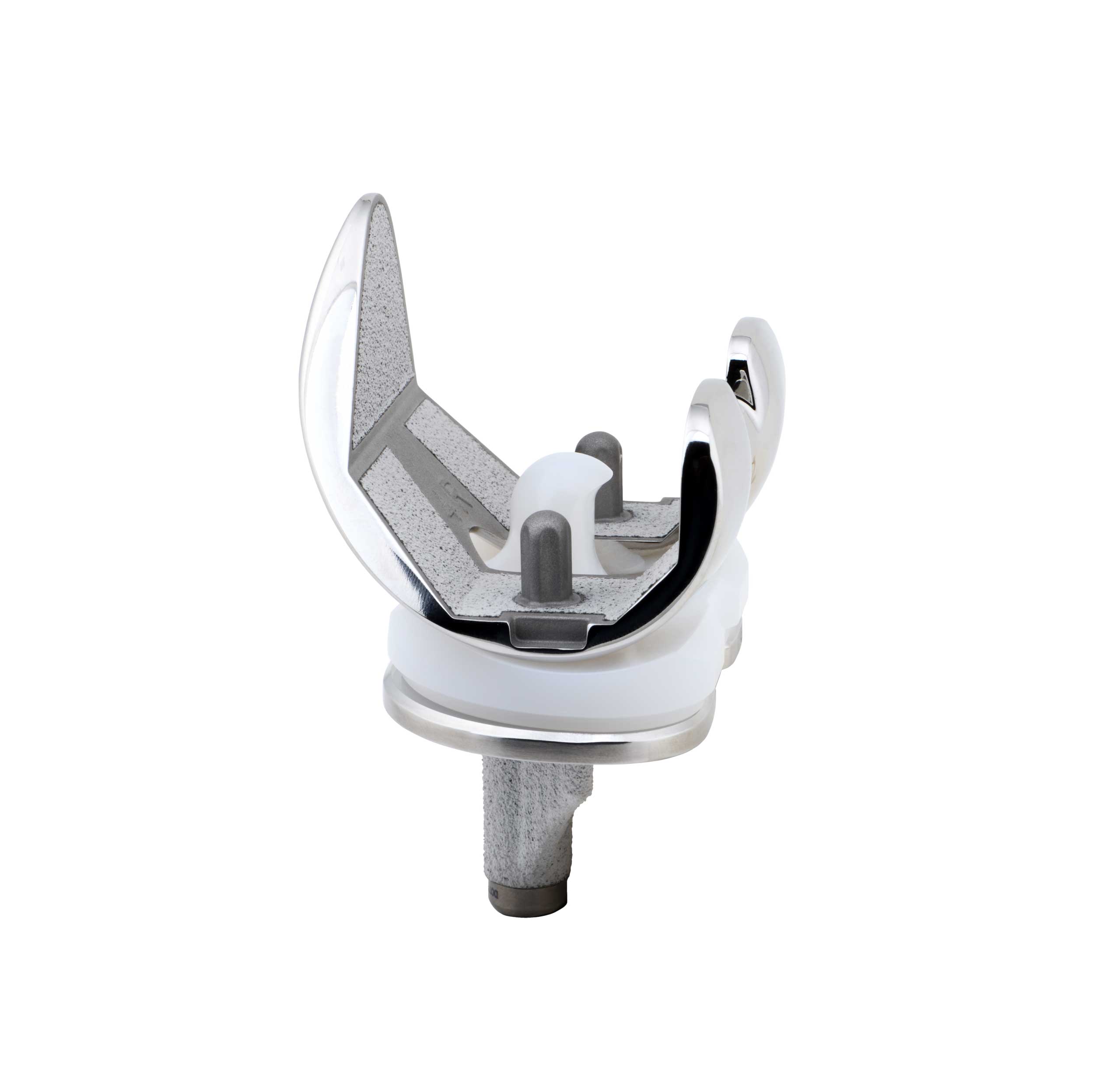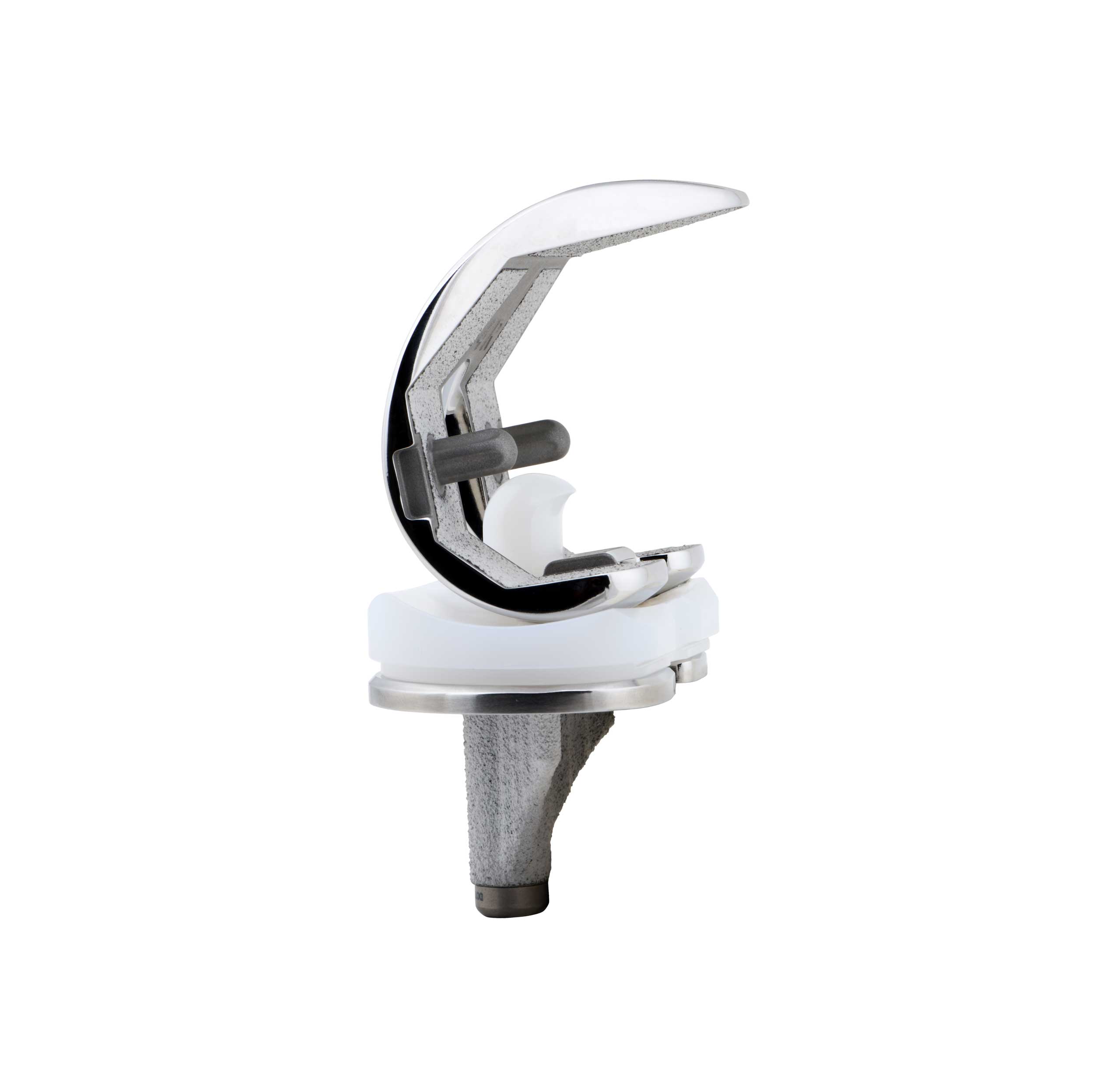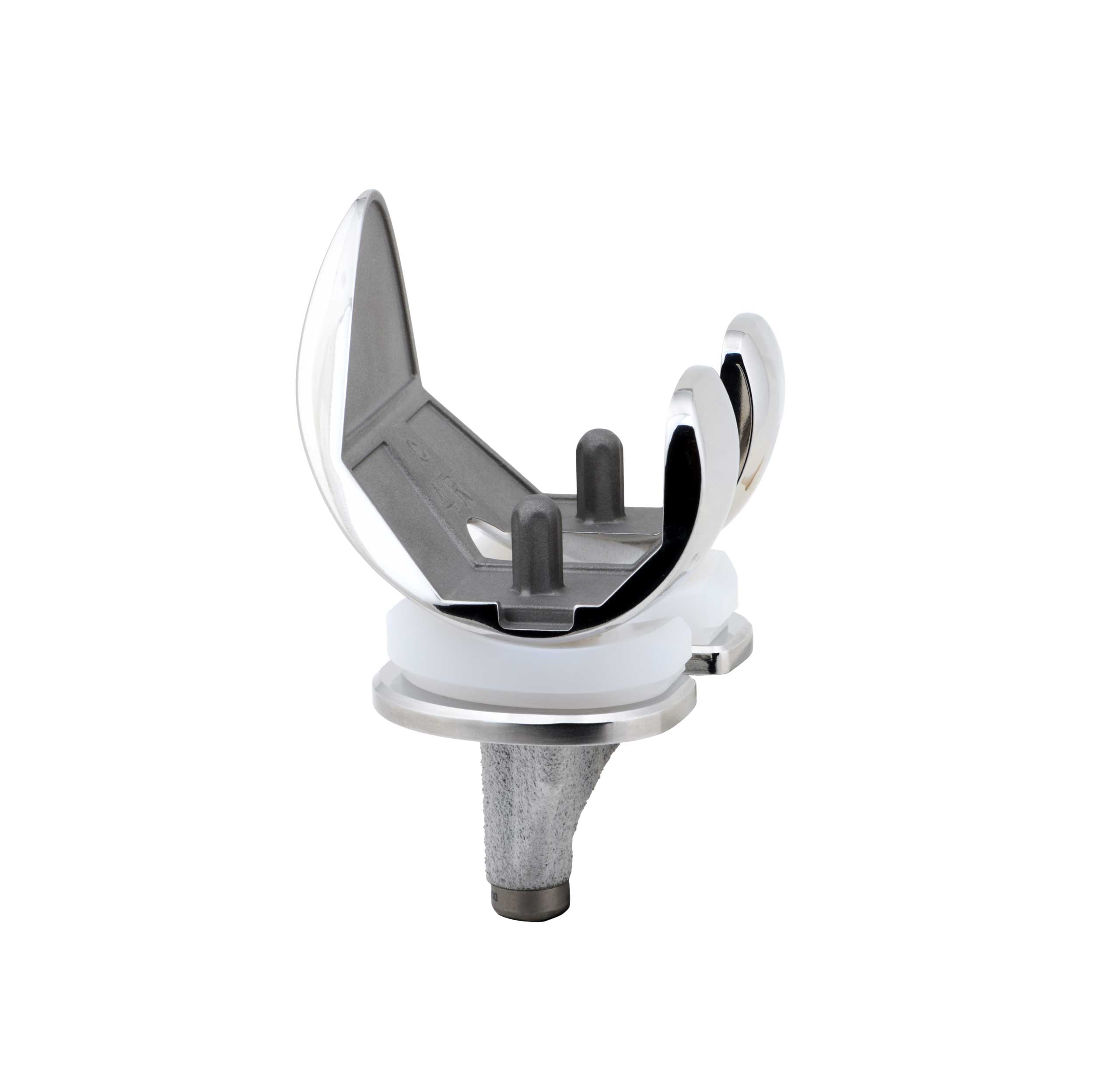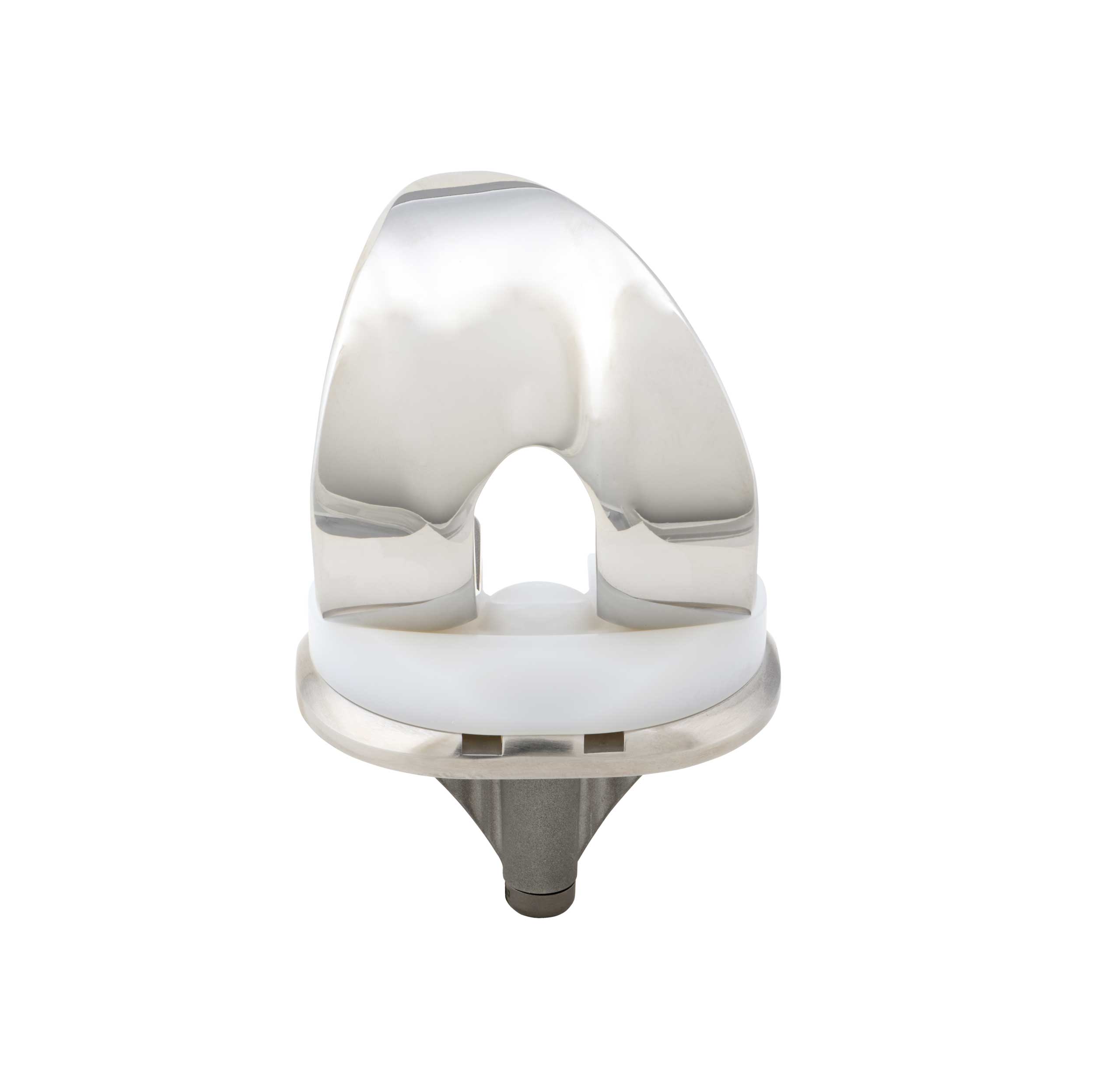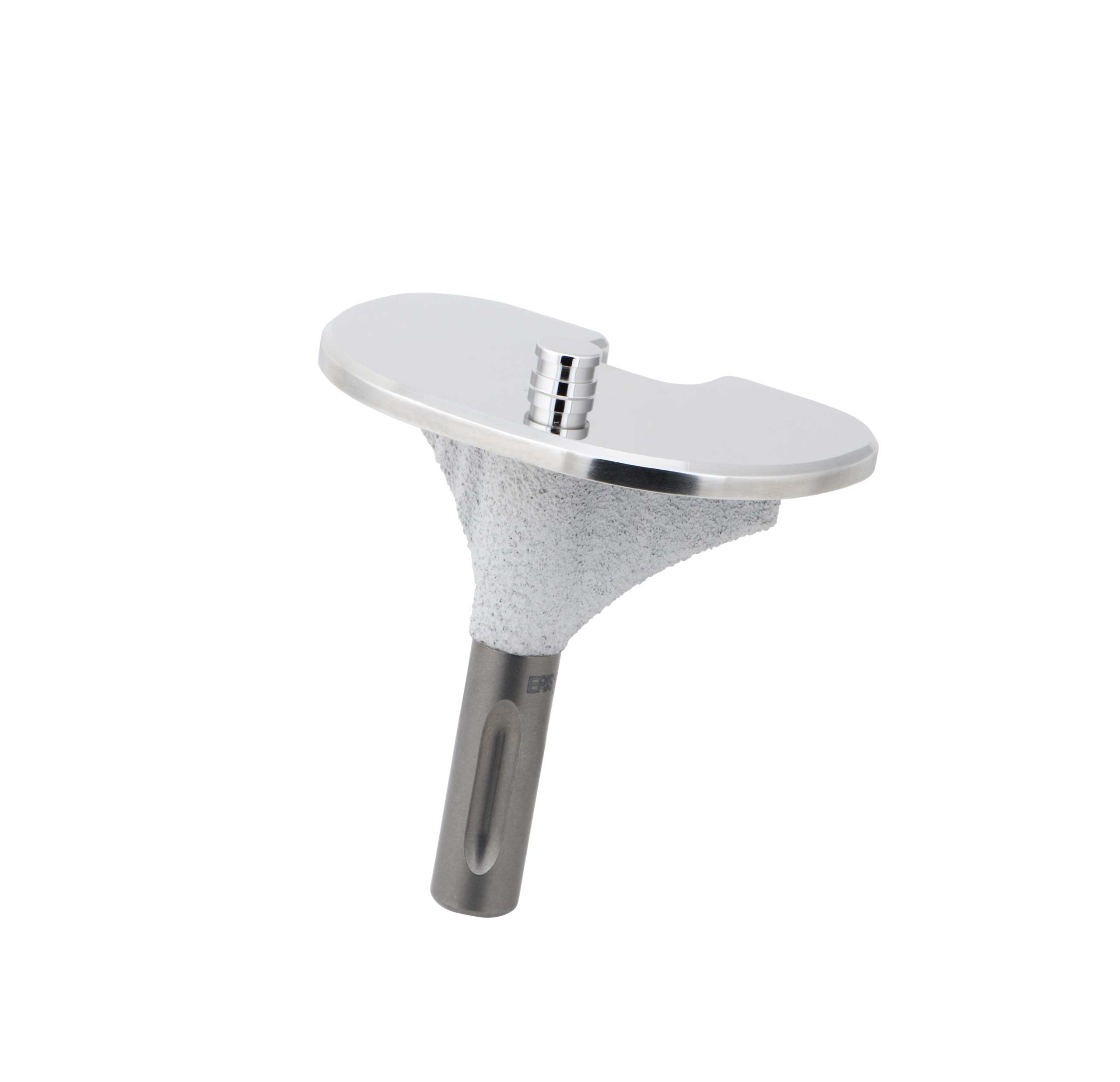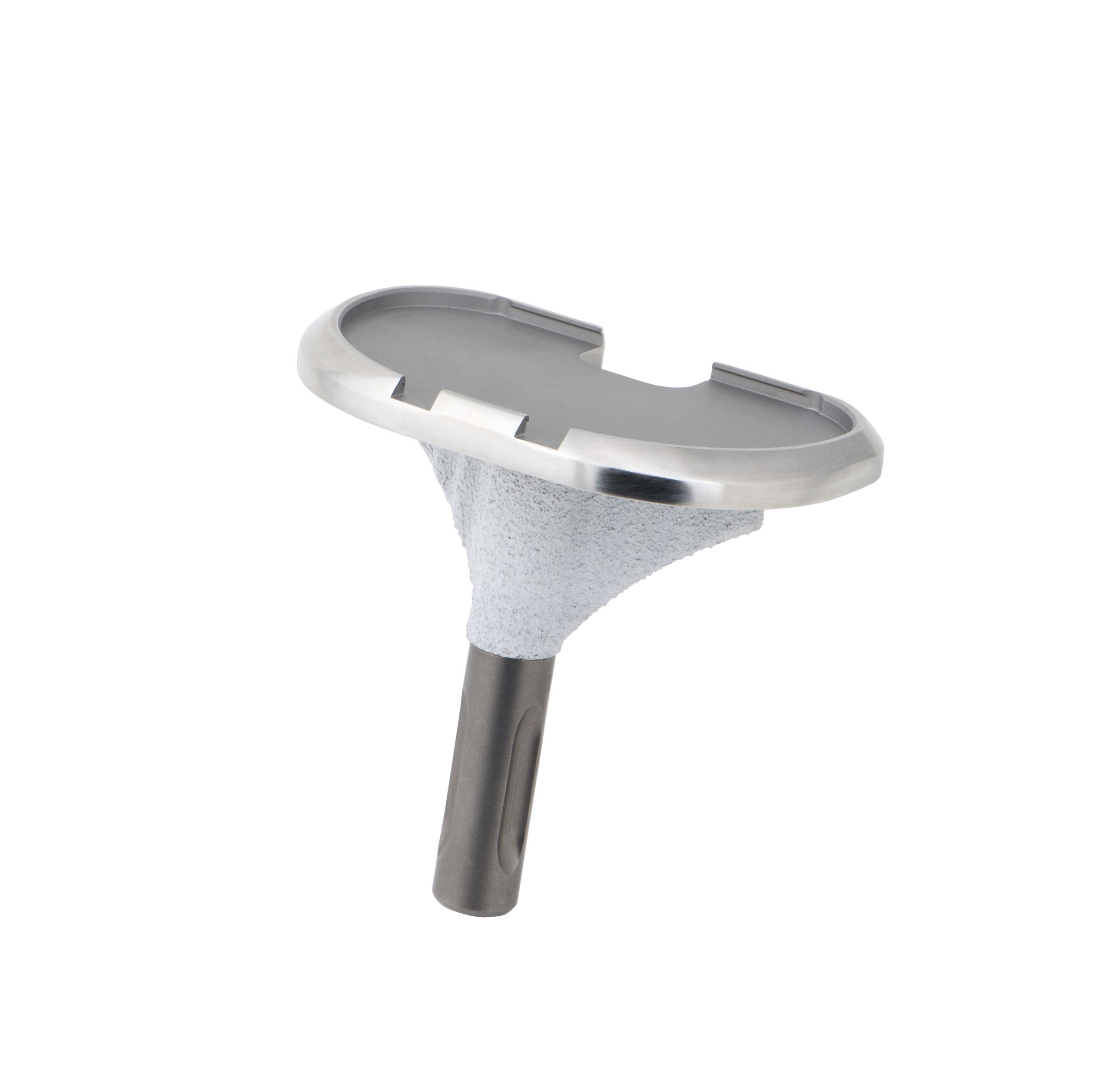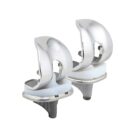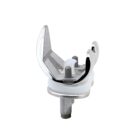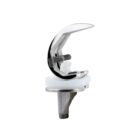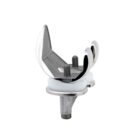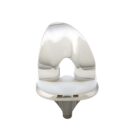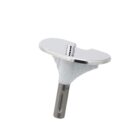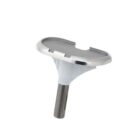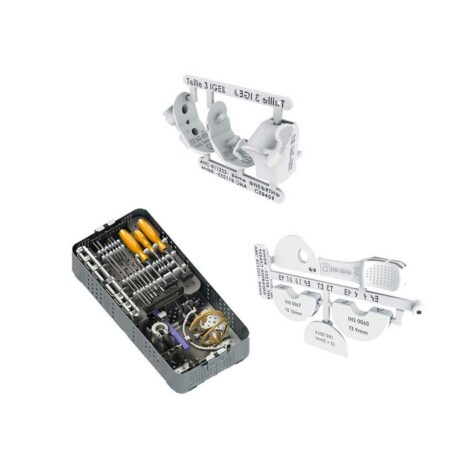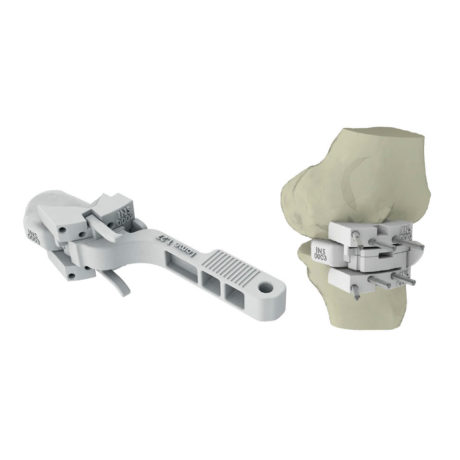MADISON TKP
The Madison prosthesis is a primary total knee prosthesis designed in France.
It is available in 2 versions offering 4 options.
The 2 versions are :
- Postero stabilized (PS)
- Ultracongruent (UC)
Each version can have either an insert which is fixed on the tibial baseplate or a rotating mobile insert.
The Madison prosthesis offers the following TKP options:
- Postero stabilized with fixed insert
- Postero stabilized with mobile insert
- Ultracongruent with fixed insert
- Ultracongruent with mobile insert
One of its features is the single insert (PS or UC) that can be assembled on a fixed AND a mobile tibial baseplate.
Madison prosthesis offers 3 different surgical techniques :
- Conventional
- Using augmented reality
- Using custom made instruments
The Madison prosthesis is manufactured by Implanet. and distributed by SERF.
Characteristics and materials
Characteristics :
The Madison total knee prosthesis comprises:
- a PS or UC anatomical femoral component ;
- a PS or UC insert ;
- a symmetrical tibial baseplate with a fixed or mobile insert.
A tibial extension stem can be added to the tibial baseplate.
The bone patella may or may not be replaced with a prosthetic (resurfacing patella).
- The femoral components (PS & CR) and tibial baseplates (fixed and mobile) are available in 8 sizes (S1 & S8 are optional).
- Inserts (PS & UC) are available in 8 sizes and 5 thicknesses (S1 & S8 and the three largest thicknesses are optional).
- The patella is available in 4 diameters and 2 thicknesses.
- The tibial extension stems are available in Ø11 mm and 2 lengths.
Materials :
Cemented and cementless femoral and tibial components : Cobalt Chrome alloy (CoCr), Titanium alloy (Ti) and for the dual-coated cementless version: Pure titanium and hydroxyapatite (T40 + HA).
PS and UC inserts and patella : ultra-high molecular weight polyethylene (UHMWPE) and titanium alloy (for patella).
Tibial extension stems : Titanium alloy (Ti).
Uncoated femoral components and tibial baseplates are fixed with acrylic cement.
The exact nature of the material of each component is specified on the label.
INSTRUMENTS
This Madison total knee prosthesis can be used in various surgical techniques and approaches :
- Conventional surgical technique :
This technique uses an intramedullary or extramedullary tibial alignment system to make the tibial cut.
Special instruments are used to balance the knee in extension and flexion to aid ligament balance. - Surgical technique using Augmented Reality :
Smart glasses make it easy to locate the tibial and distal femoral cutting guides with millimetric precision and decide on their positioning. - Surgical technique using custom made instruments :
3D surgical planning can be performed using CT or MRI scan images and reproduced using a custom made femoral and tibial guide.
Indications
The Madison prosthesis is a primary total knee prosthesis designed to replace the knee joint.
The main indications are :
- Degenerative osteoarthritis or post traumatic arthrosis in patients whose age, weight and level of activity are compatible with a satisfactory long-term result ;
- Rheumatoid polyarthritis ;
- Revision of unicompartmental arthroplasty procedure, if bone mass and ligament stability allow ;
- Failed osteotomy.
It is customary to consider some of these conditions as contraindications to inserting a total knee prosthesis :
Absolute contraindications :
- Inadequate or poor quality bone support ;
- Lateral ligaments damaged, malfunction of extensor apparatus ;
- Local infection, some time ago or earlier, sepsis of the knee ;
- Serious vascular disease ;
- Recurvatum deformity originating in muscle deficiency ;
- Flexum deformity which cannot be corrected ;
- Successful arthrodesis of the knee ;
- Parameters which are incompatible with satisfactory long term results : age, weight, level of physical activity, etc…
- Neurological condition of the patient incompatible with the post-operative constraints associated with this type of intervention.
Relative contraindications :
- Medical contraindication to anaesthesia ;
- Known allergy to one of the implant components ;
- History of osteomyelitis around the knee ;
- Neuropathic joint ;
- Muscle or tissue cover of the operational site inadequate ;
- Obesity.
The manufacturer’s instructions for use are authoritative.

